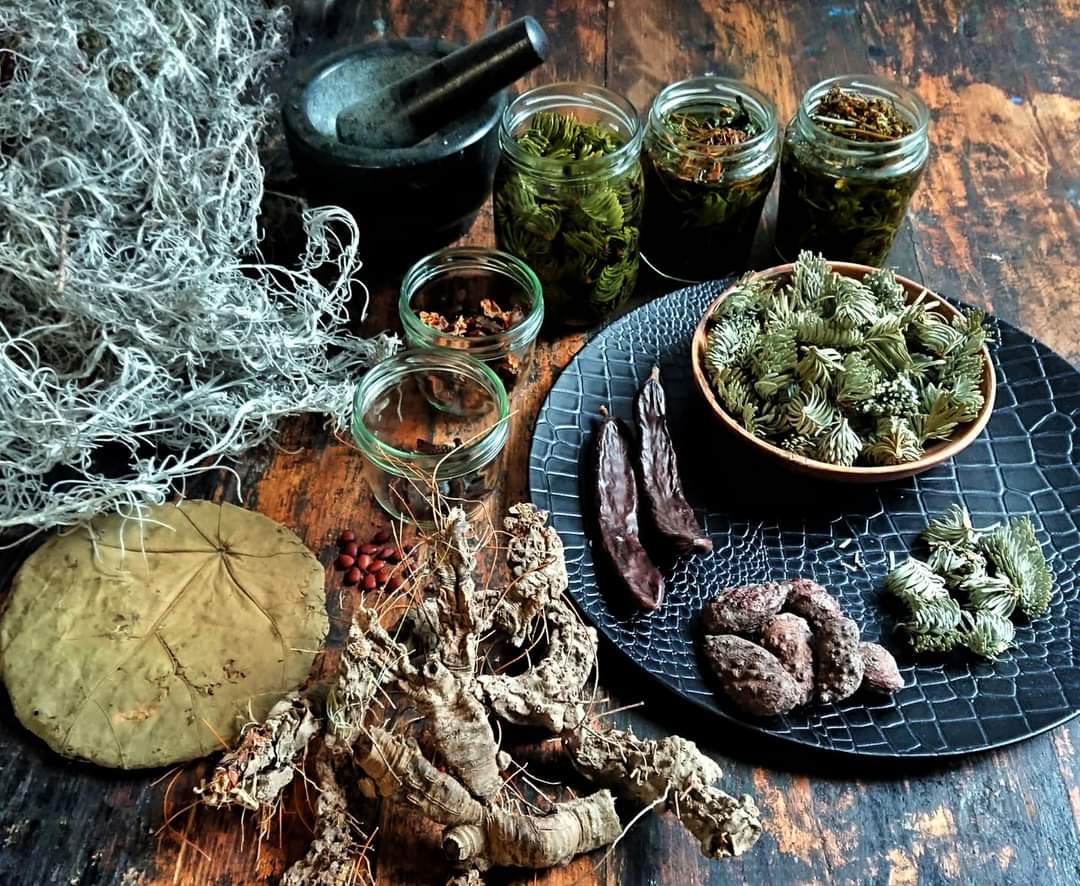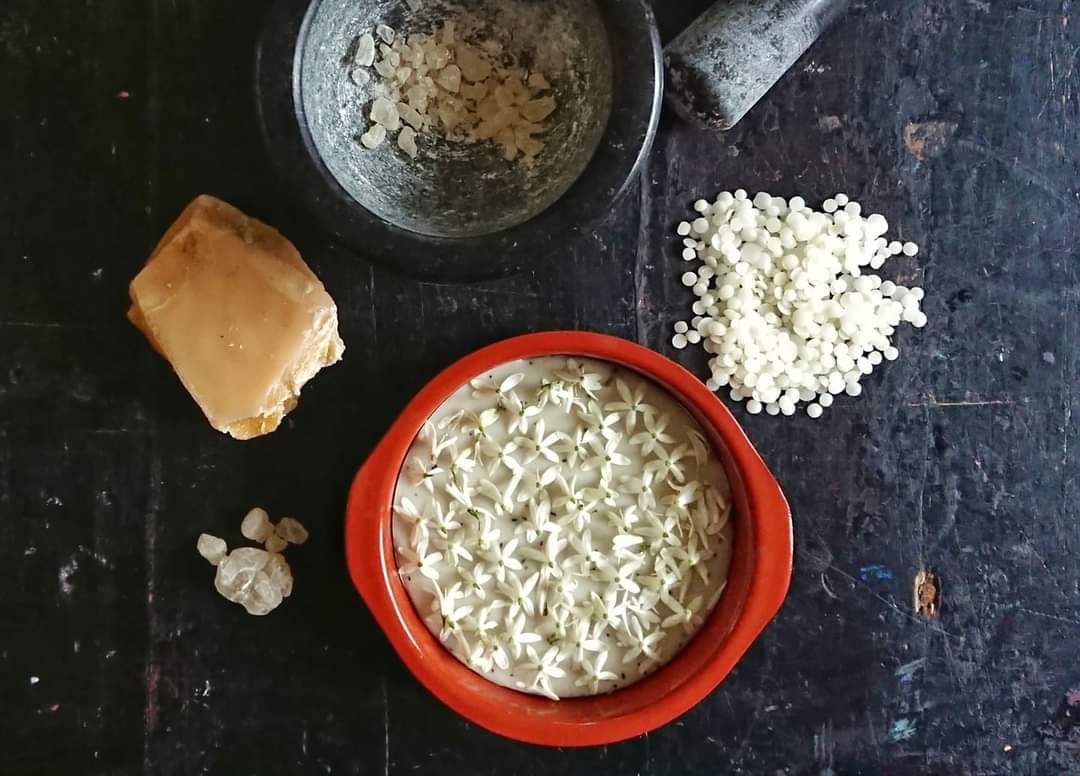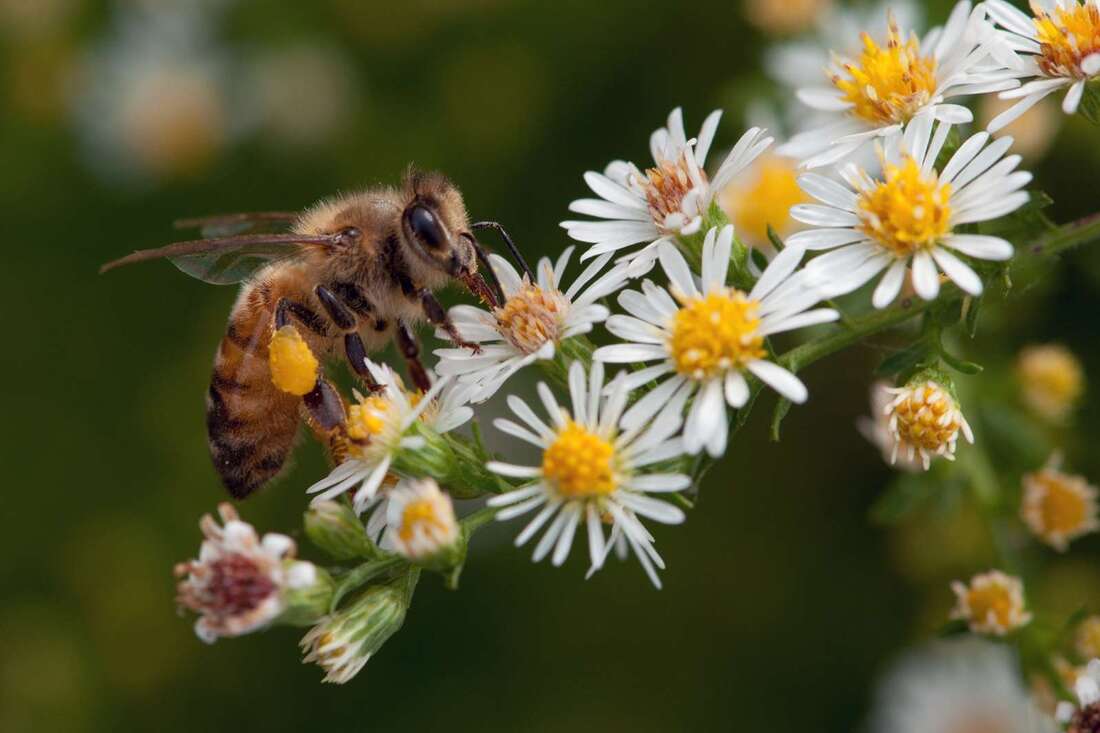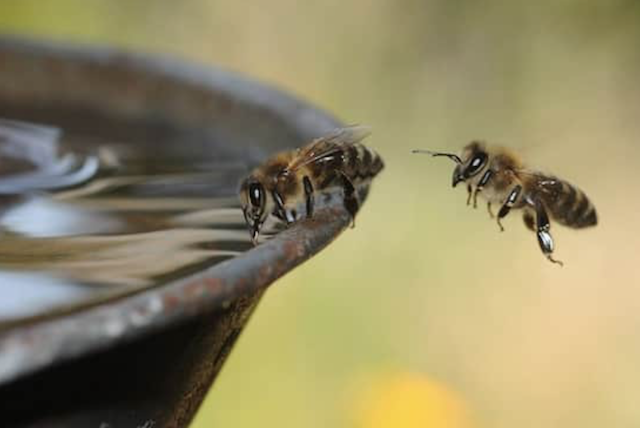by ANDREJ BABICKY
I grew up in the countryside where you can smell the flowers in the air during the spring and summer. Life had its clock: the one of Nature. It was a simple but fulfilling life. I was a child then and I can only acknowledge that now when I’m looking back.
Of course, that part of my life and education never abandoned me. I have tried to grow plants, flowers, harvest berries, and wild fruits when it was possible. Botany was and is one of my hobbies.
I did not consider other kinds of perfumery than the natural one.
With time, studies in philosophy and aesthetics, visual design, and communication I did acquire a taste for perfumes. Not only to use them as an accessory but as a statement or comfort smell. My inquisitive nature and curiosity brought me to want to know more about perfumery, about what was behind a fragrance. I learned, studied, experimented, eventually began making scented candles and soaps for my friends then later for a couple of shops. Here, playing with waxes and essences, I rediscovered the nature of the essential oils, the healing power of plants, resins, and flowers: all things I was thought by my grandmother and mother when I was younger. I did not consider other kinds of perfumery than the natural one. Of course, I am curious, and I tried different aroma chemicals. I wanted to know them, how they smell, what they do, how they behave. But there was nothing like the “living “essence of the plant, the energy still vibrating through the raw material, evolving, changing: no still life photography but a kaleidoscope of power and vibrancy.
Studying natural perfumery has given me the possibility to dwell deeper, to discover new notions, to recognize my mistakes and learn from them, learn from others, which have experience and knowledge.
Today, when I smell an essential oil, I do not smell only the aroma, but I can see them live it is bearing, the power of thousands of plants and flowers. I am aware that to know few raw materials is not enough. The studies never end, there is always something new to learn or to share. Be able to extract my own raw material is a rare value. I can get to know the material before extraction by planting, by taking care, by harvesting. Maybe what is more important: I do not only take from Nature, but I give back planting again, giving flowers for the insects, seeds from the plants for the animals…. I do replicate a circle of life and I help sustain it. It may be not much, but it is still something. I like to think that out there are other people which do the same thing. In the end from small thing may come a big change.

There are an incalculable power and satisfaction in being able to work with a raw material extracted by myself. Its strength and its splendor acquire a more personal connotation because it not only contains the essence of a plant or a flower but also a part of my life, of my commitment, of my efforts. The return to the true art of natural perfumery lies precisely in returning to its roots, to relearn how to extract raw materials with traditional methods to enrich the spectrum of the perfumer with dyes, pomades, extracts, etc. These techniques are well suited to productions in small quantities allowing us to create something new and unusual.
Using the plants collected in the woods, in the fields, or cultivated in our gardens or terraces the simple processes of these techniques are well suited to be used to extract small amounts of unique fragrance matter. At the same time, this procedure also becomes the way of getting to know the material better. We accompany it from seed with care to maturity when it can reward us with its very essence.
Together we will rediscover these techniques and experiment with their applications to our art by taking from nature what it can offer us and at the same time giving back contributing to an almost inexhaustible life cycle.



 RSS Feed
RSS Feed